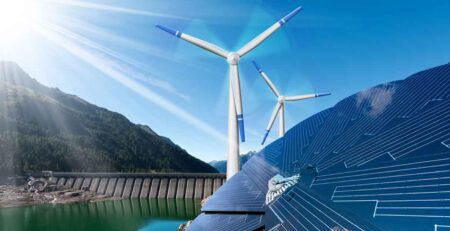Electric Vehicles Still Face Real World Hurdles To Compete For Dominance
electricity
Electric vehicles have made some significant headway in the marketplace, but still the number on the road compared to gas powered vehicles is quite small, only a few percent at best. Sure, companies like Tesla, Nissan, and GM are making headway in the market, but it is still very much in its infancy and has a long way to go. There are some barriers to such a dream of everyone driving an electric car in the future. Let’s address some of these.
Here are five issues to consider and challenges for EVs (electric vehicles) if they are to compete in the numbers of gasoline manufactured cars each year:
1). Road Tax Subsidies: In many states Departments of Motor Vehicles give registration discounts for EVs, meaning other car owners pay more, and some states note they cannot handle the reduction in revenues, so those tax breaks will soon disappear – again removing incentives to buy an EV, at a time when the EV market is starting to take off.
2). Electricity Costs to Consumers: Consumers are now being charged more for electricity due to mandates for alternative energy electrical grid electricity. During drought times hydro is diminished, and solar farms are generally put in areas far from the major metro users, meaning more transmission lines are taking way into the desert costing billions of dollars + energy is lost for every mile of transmission. The cost of solar is not cheap, nor is the cost of wind-energy. Although both are becoming much more efficient, many of the previously built solar, wind farms need a decent ROI and their costs were higher than the costs to build new now. Increased electricity costs change the value and costs to consumers who charge their cars at home.
3). Electric Car Range: Proponents say that it is improving by leaps and bounds, TRUE. However, people have friends who have electric cars and have heard that their range is not as good as previously promised. That customer sentiment and perception is a PR problem to overcome for the EV industry and will take time to reverse, thus hurting sales in the short-term.
4). Lack of Charging Stations: Proponents note that Tesla is working on this problem of EV charging stations – and yes, so they are, good for them, but not everyone owns a Tesla or can afford one. As the price drops can Tesla still offer this? What about other buyers of smaller EVs, because if we want full-adoption people need charging stations so they can go on trips, not just local driving. EVs limit consumer travel choices, and since these vehicles cost more on average than regular cars, people will continue buying what they are used to. EV industry will need to sell several millions of cars a year before full adoption is achieved.
5). Time to Charge: Proponents note that the time to charge EVS is coming down dramatically, yes, but again the perception isn’t there in the minds of the consumers yet. And, not all electric cars are built equally nor do they have similar battery technologies allowing them to charge faster. Being out of juice and having to wait to drive your car is the same as being “stuck” and consumers hate the thought of that.
As we speak, engineers, scientists and industry professionals are working on these things, but there is a long way to go, that means a lot of upside yes, but still it’s a long road ahead. Please consider this.
Source by Lance Winslow











Leave a Reply
You must be logged in to post a comment.